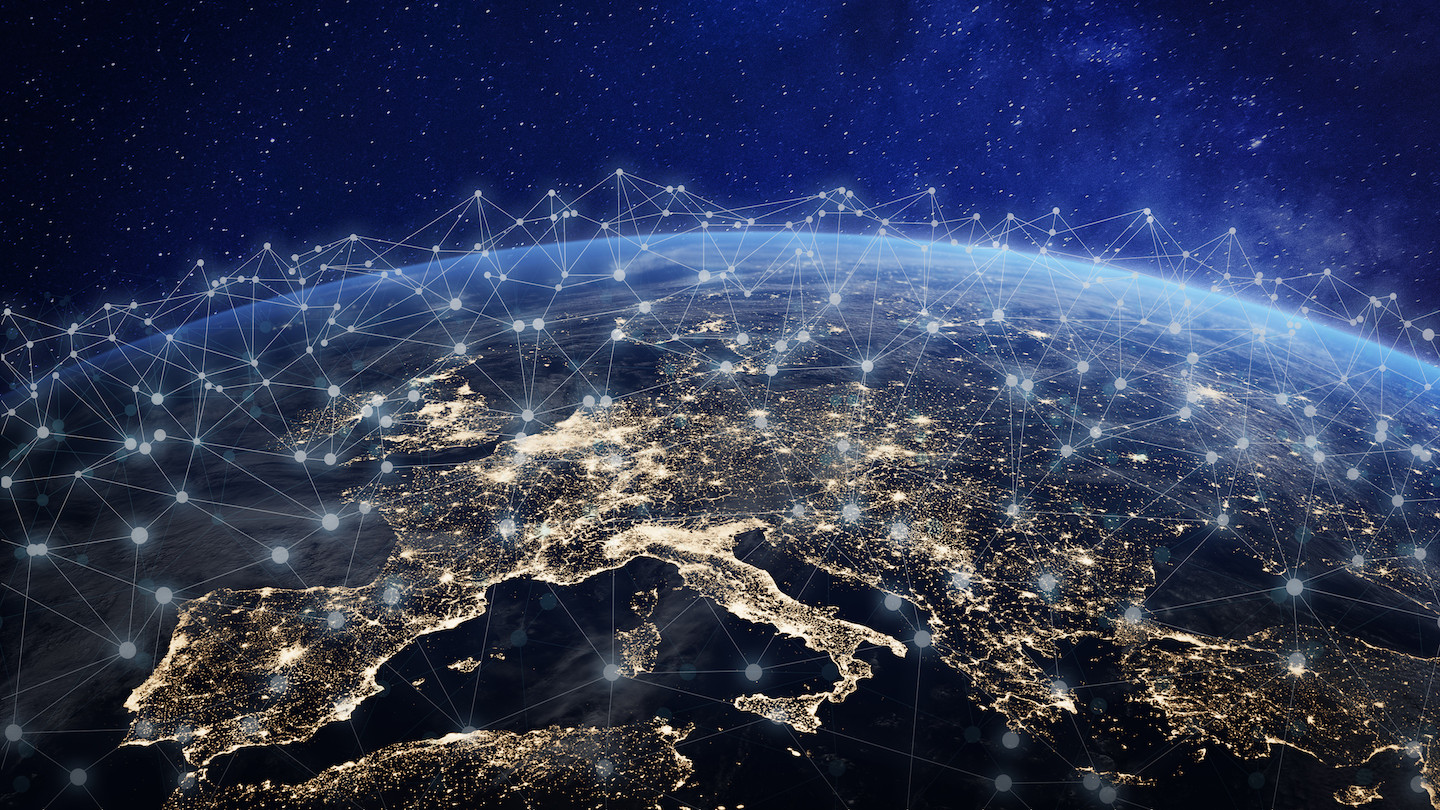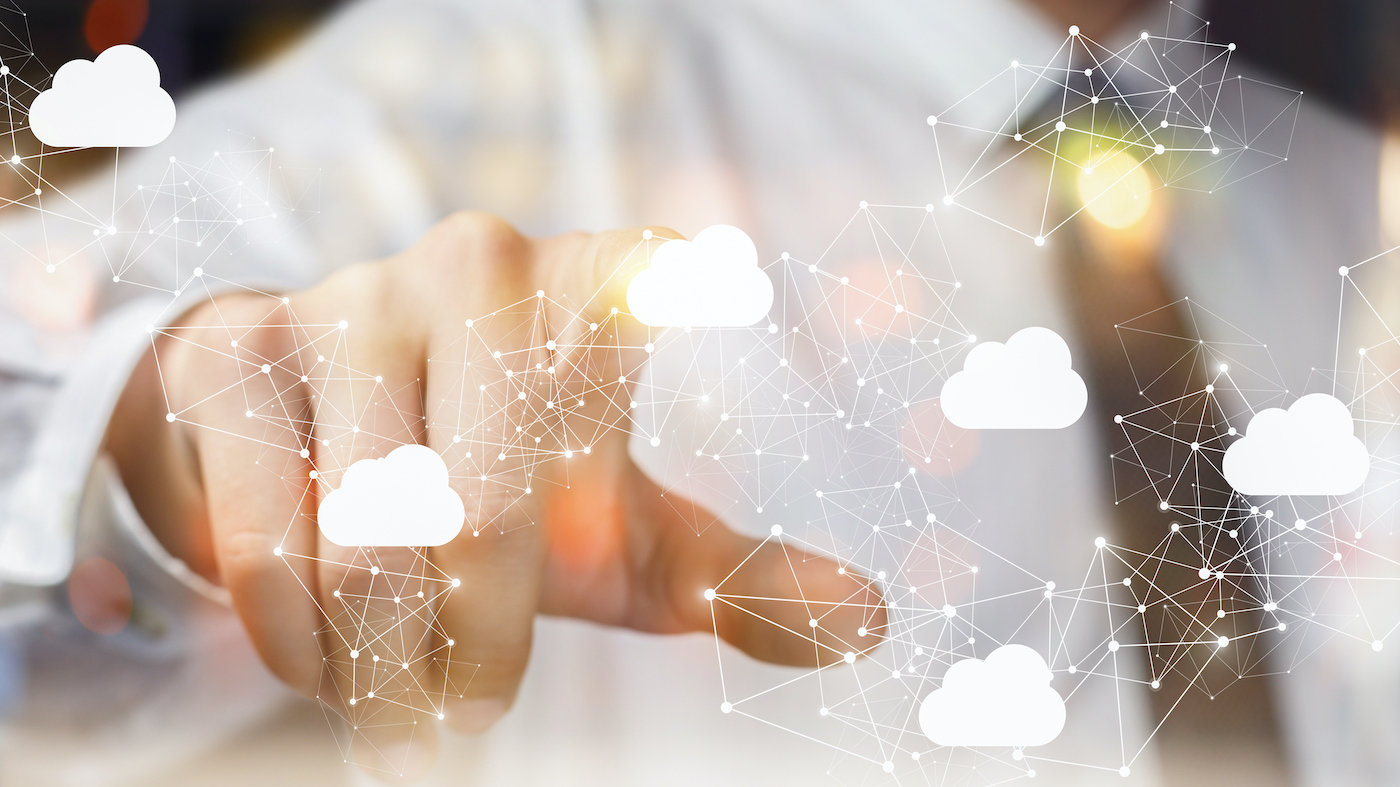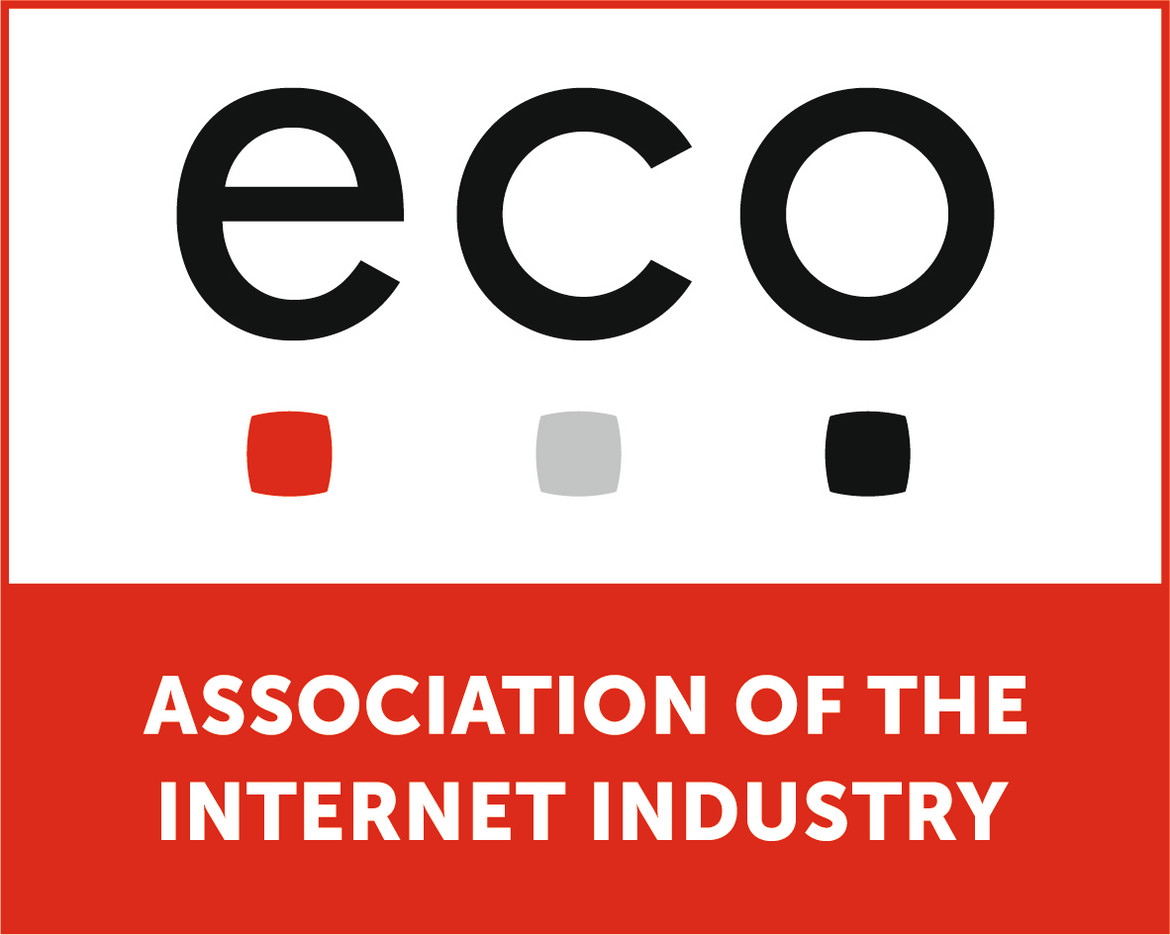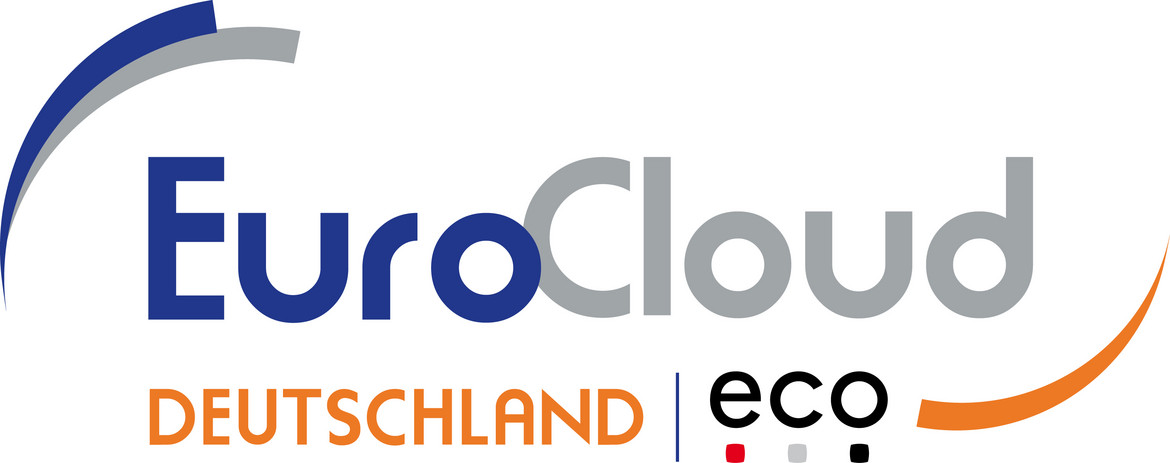Why We Still Find It Difficult to Create Value From Data
Andreas Weiss from EuroCloud and writer Thomas Sprenger explain why data-based cooperation has so far failed, and how Gaia-X can alleviate the problem.
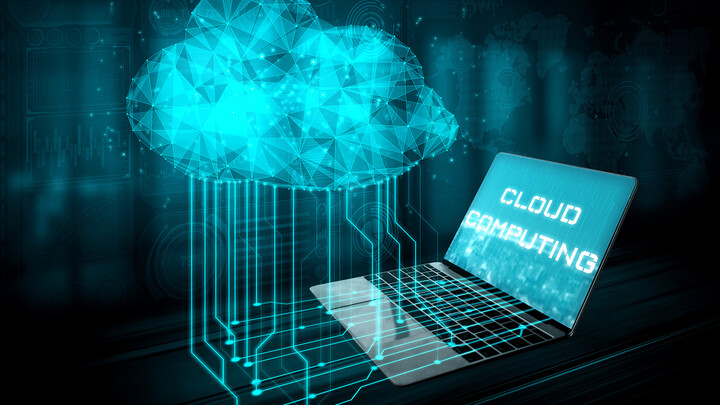
©Blue Planet Studio| istockphoto.com
Silicon Valley invented the Internet and the cloud – and thus the infrastructure for the data economy of the 21st century. And what does Europe bring to the game? We contribute our political know-how: for a federation with fair rules, reliable standards and public technology. This is because there is still a lack of framework conditions to enable companies, public authorities, and citizens to share data securely and use it productively together. The European Gaia-X initiative is becoming the ‘operating system’ for the Digital Single Market in Europe.
Ancient Greek primordial goddess at a digital congress
Two years ago, the then German Economics Minister, Peter Altmaier, was met with scepticism when he presented the European Gaia-X initiative at the Digital Summit in Dortmund. The fact that the project was inspired by an ancient Greek goddess did not exactly instil confidence. Nevertheless, its name points in the right direction: Named after the ancient Earth goddess Gaia, one of the first deities to emerge from chaos, Gaia-X is designed to bring order to the European cloud economy.
Value creation from data means: Sharing data
Today, no one disputes that data is becoming the central resource in the 21st century. But who exactly should set the rules of the game for the digital economy has not yet been determined.
So far, a handful of private companies from the U.S. and China are determining what is technically feasible. Their cloud platforms make the exchange and processing of vast amounts of data on a global scale possible in the first place. Today, innovations such as new vaccines, connected industrial production, or Smart Cities are created from data and data streams. What makes this data so valuable is that it is linked. In modern societies, very different actors and organizations are collecting and storing more and more data, increasingly even in real time. Sharing this data creates knowledge, new capabilities, and technologies.
Sharing needs trust
For companies, however, their own data is an asset worth protecting. They safeguard their trade secrets and intellectual property. Companies will only share willingly if they do not have to relinquish sovereignty over their data. This is not just a question of effective laws, such as for data protection. Technical procedures and standards that make data-sovereign collaboration practicable are also indispensable. A political-technical operating system for digitalized markets is lacking.
Example: Marine conservation in the 21st century
How promising value creation from data is in theory, and how difficult data sovereignty is in practice, is shown by the search for munition waste from the last two world wars, of which 1.6 million tons are still rotting in the North and Baltic Seas. Waiting is not an option: After decades in the aggressive saltwater, the bullet casings are now dissolving, poisoning the marine environment and making salvage increasingly risky.
The problem is: Today, no one knows where the munition waste was dumped. But perhaps data will reveal their position. At least, that’s what the founders of the start-up north.io believe. The AmuCad project aims to decipher the deposits of toxic substances from data on water samples, fish stocks, the composition of the seabed, and local ocean currents.
Why data-based cooperation has failed so far
All necessary data is available. But linking the data is difficult because it is collected by different actors: research institutions, international organisations, NGOs, and companies. Before third parties are allowed to access it, a whole series of questions must be clarified:
• How can data in Cloud A be linked to a digital service in Cloud B?
• How is access regulated in a transparent and traceable manner?
• How do data owners, data users, and service providers prove their identity? Who controls their access?
• How is it ensured that the data is only used for the specified purpose?
• Where can you find powerful services that offer the appropriate level of security for each class of data?
• How can such collaborations be regulated without data protection reports, bilateral contracts with all stakeholders, specially programmed interfaces and technical stop-gap solutions, but instead fully automated and at the click of a mouse?
Problems of the same kind arise in connected industrial production when companies in the supply chain share and process sensitive data in real time. Or when health ministries want to derive the connection between vaccination and incidence rates from various data on a daily basis. Or if ship owners want to use the ocean data from our example to optimize ship routes based on local ocean currents instead of searching for munitions. Or if researchers are looking for suitable cultivation areas for seagrass in order to use it to bind CO2 on a large scale.
It always becomes difficult when we want to link data from different originators, from external sources and systems. By now, at the latest, it also becomes obvious that no single platform or cloud provider of any size could cut the Gordian knot on its own unless all players store their data on its platform.
A transparent and legally secure cloud ecosystem for Europe
But how do we want to make sharing isolated data easier and more secure in the future, even for SMEs, NGOs, research departments, and government agencies – so that not only digital platform monopolists have access to it?
Laws, rules, and standards as we know them today – i.e. on paper, read and applied by people – are not up to this task. Technology is needed to automate the application and uphold these norms. They must become an integral part of our technical infrastructure.
This is what Germany and France set out to do when they launched Gaia-X at the end of 2019. The European initiative aims to ensure data sovereignty and data availability for companies, organisations and citizens in the digital economy. And last but not least: To drive innovation and value creation from data. To this end, Gaia-X is setting out to network the cloud services of European providers into an ecosystem with common rules, standards, and technologies. Non-European providers are also welcome, provided they commit to these rules.
According to the concept paper of the German Federal Minister for Economic Affairs (BMWi), Gaia-X will consist of three components:
- Rules
- Standards
- Technical infrastructure
To further the venture, a number of German and French organisations founded the Gaia-X Association for Data and Cloud (AISBL). The association coordinates the work on Gaia-X. National hubs organise cooperation in the EU Member States and coordinate Gaia-X research projects. In turn, companies and organisations are joining forces in individual data rooms to develop rules and technologies for individual industries and subject areas. For instance, from our above example, Marispace-X is the name of the dataspace from our data-based munitions search. Here, companies, research institutions, NGOs, and government institutions want to cooperate to use data on oceans for new insights and value creation.
As Head of Digital Business Models at eco as well as Director of EuroCloud Deutschland, Andreas Weiss is well connected and familiar with the Internet and cloud industry in Europe. He brings his experience to Gaia-X Federation Services (GXFS), whose project teams are responsible for the development of Gaia-X core technologies. Led by eco, the GXFS-DE project is also funded by the German Federal Ministry of Economics and Climate Protection and is in close exchange with the Gaia-X Association for Data and Cloud (AISBL).
Thomas Sprenger (https://www.thomassprenger.de) is a freelance author, lecturer & content expert. For the last 20 years, he has been writing about the digital transformation.



